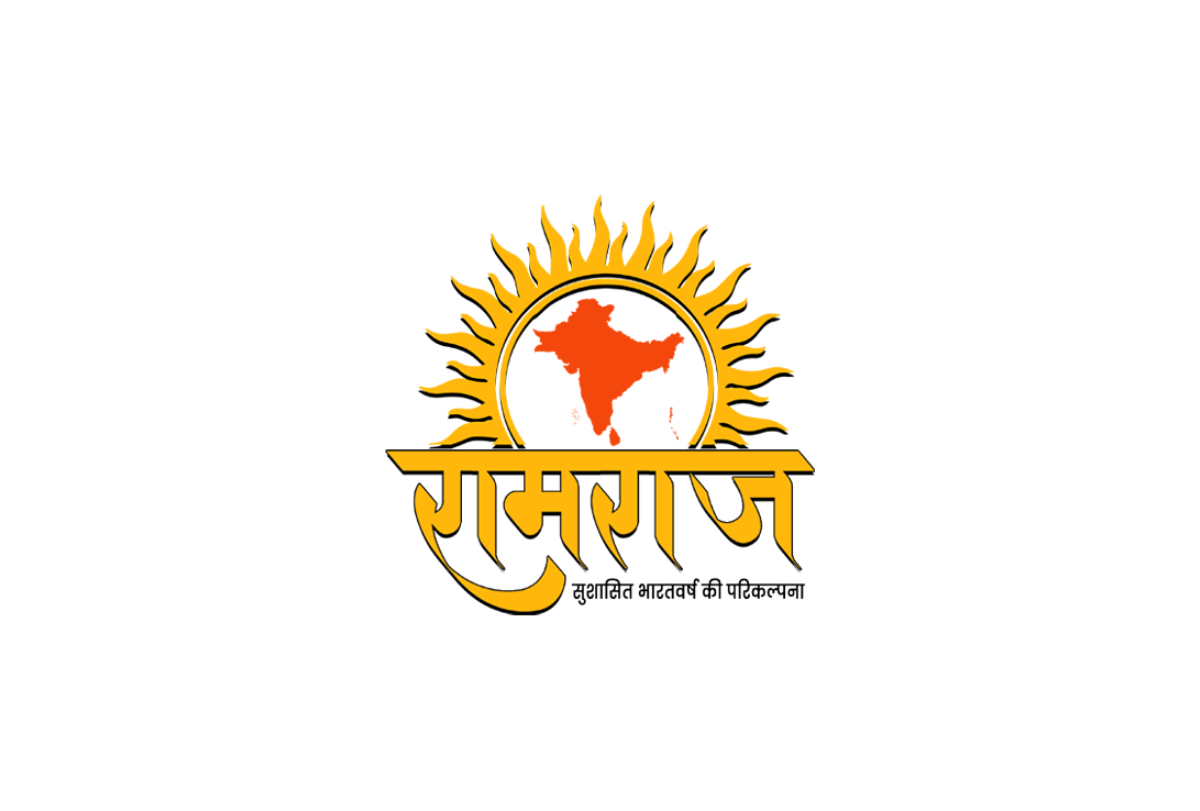Even as changing climate conditions threaten pearl millet (bajra) production, researchers recommend a re-evaluation of how and where millet is cultivated in India.
Pearl millet is a critical component of India’s food security and finds itself at a crossroads.
Amid shifting weather patterns and evolving agricultural priorities, a new study calls for a timely revision of the classification criteria governing pearl millet cultivation zones, which were originally established in 1979.
Currently, India’s zones are based on rainfall and soil type: A1 for arid regions in Rajasthan, A for semi-arid regions in North and Central India, and B for semi-arid regions with heavy soils in South India.
Researchers from the International Crops Research Institute for the Semi-Arid Tropics (ICRISAT) and the Indian Council of Agricultural Research – All India Coordinated Research Project on Pearl Millet (ICAR-AICRP) propose re-evaluating the A zone in light of changing climate conditions.
According to Dr. Jacqueline Hughes, Director-General of ICRISAT, with climate change now a permanent reality, it is imperative to recalibrate the approach to understanding and nurturing this vital crop for dryland communities.
“This new classification system aims to optimise pearl millet production, enabling policymakers, researchers, and farmers to make better evidence-based decisions,” said Dr. Hughes in a statement.
The study, featured in a special issue of the Agronomy Journal, uses digital technology and crop models to re-evaluate the zones, creating a “digital twin” of the pearl millet system.
This digital twin helps design crops and strategies tailored to the current and future climate conditions of each region.
“The proposed new zones take into account the complexity of the system in response to changing climate conditions. While the existing zoning for the A1 and B zones is generally still applicable, the suggestion is to modify the A zone,” said Dr. Vincent Garin, Post-Doctoral Fellow at ICRISAT.






